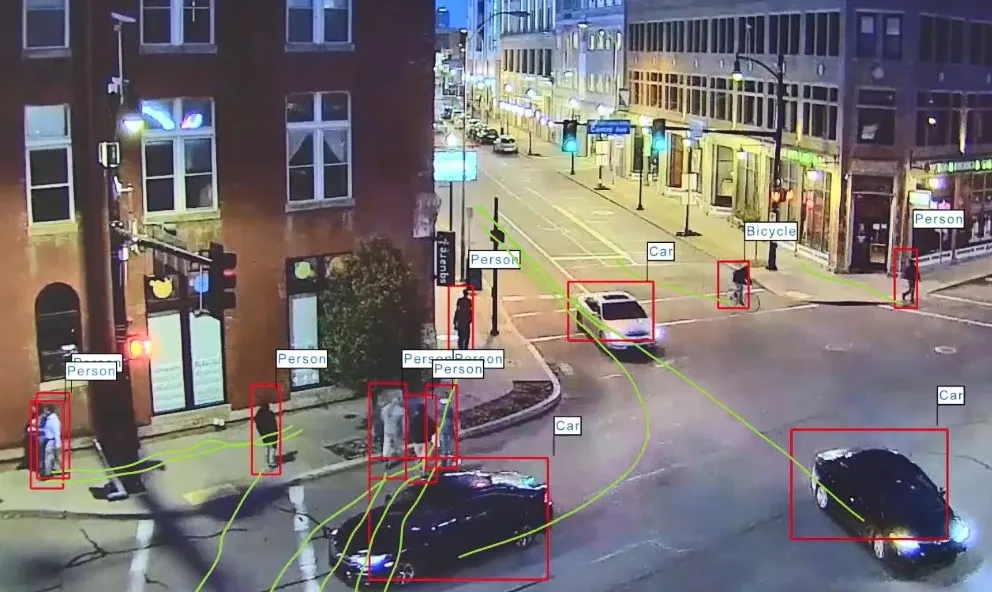The
Susan Lim, ADB senior transport specialist for East Asia, says: “This project will serve as an example of how the People’s Republic of China and other countries can address the downsides of rapid urbanisation, such as high CO2 emissions, which have impacts well beyond national boundaries, and traffic jams and road safety.”
The city, in Guizhou Province, will use the money for real-time traffic and road weather monitoring, a multimodal transportation systems management and operations centre and an integrated traffic operations and safety and emergency management system.
Additionally, the project will finance clean buses and electric vehicle charging stations as well as support activities for the local government to make services inclusive and safe.
The project is expected to be completed by the end of 2025.
Gui’an gets $199m traffic management loan
The Asian Development Bank (ADB) has approved a $199 million loan to help develop traffic management systems in the Chinese city of Gui’an.
Susan Lim, ADB senior transport specialist for East Asia, says: “This project will serve as an example of how the People’s Republic of China and other countries can address the downsides of rapid urbanisation, such as high CO2 emissions, which have impacts well beyond national boundaries, and traffic jams and road safety.”
The city, in Guizhou Province, will use the m
August 30, 2019
Read time: 2 mins








